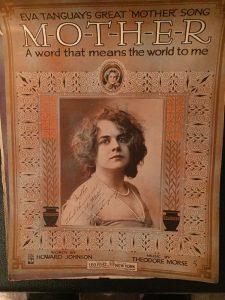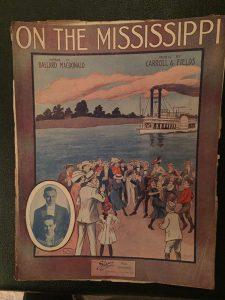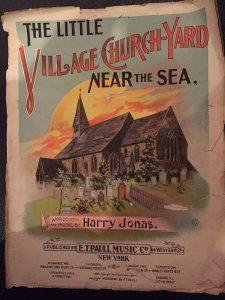My family suffered tremendous loss over the past three months with the unexpected passing of my Mother and my Father-in-law. During the same period, my Mother-in-law moved out of her home of five decades and transitioned into a senior living apartment. These three life changes forced all of the siblings to reflect on the division of personal property and the emotions that went hand in hand with that process. We accumulate an immense amount of belongings over a lifetime and if we remain in the same home for 50-60 years, the quantity of possessions is mindboggling. If your generation touched or followed the Great Depression, you were conditioned to save everything because there was always a need to reuse or recycle in another format. Sometimes later generations pursue this transition with a large green dumpster and yet others carefully review each object and relate stories that are sparked by each trinket and belonging.
My wife’s mother and grandmother were both professional musicians and teachers and they amassed an overwhelming collection of sheet music, books and recordings.
This was passed through to each generation and my wife and I recently moved 10 boxes of music back to Macomb in a U-Haul trailer. I’ve delighted in these simple treasures – piano sheet music priced at pennies a copy and displaying beautiful artwork on each cover. It made me think how radically different our musical world is over 100 years. People loved to buy and collect sheet music and it represented an artistic expression of society.
Printed music is unquestionably more expensive today and many are reluctant to invest to build a comparable library. How did the industry accelerate from .50 a copy to $20 for a similar product? An inexpensive music purchase for the QSOA is $200 – typical rental is $800. The larger question – was music more accessible, prevalent and ultimately more important in peoples’ lives in the 1920s, 30s and 40s than it is today?
One local live music treasure is our own Quincy Symphony, which presents five concerts each performance season between October and April. The organization serves musicians of all ages from the Tri-state region and brings brilliant performances to the area. If you’re reading this post, I know you’re involved in some capacity. Pass the word to a friend and let’s continue to build our audience and keep our artistic world strong and vibrant. One day we’ll pass it on to the next generation.





